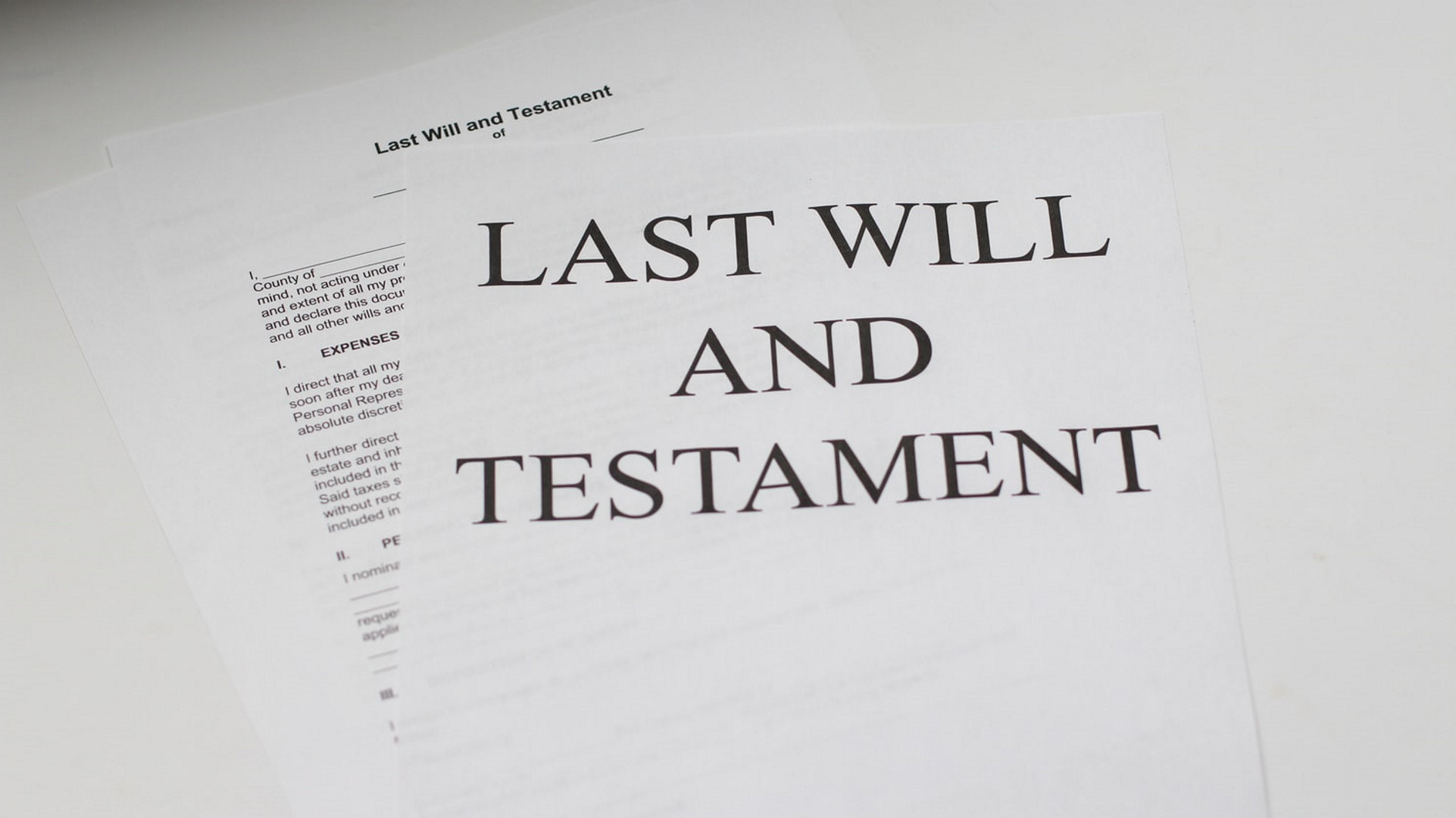Written by Jessica Swain
What happens if you have separated and you receive an inheritance before you have finalised your property settlement? Timing (as most things in life) is key.
Whilst there are two (2) approaches that the Court may adopt when dealing with significant post separation windfalls, the discretion of the Court is extremely broad.
The process for determining a property settlement usually involves valuing all the property (assets and liabilities) of the parties to a relationship and placing them into one “pool” (the asset pool).
As the assessment of the asset pool is taken to be the assets and liabilities of the parties as at the date of the hearing or settlement and not at the time of separation, any asset or liability acquired post-separation technically falls within the pool of assets available for distribution between the parties.
The Court is to assess each party’s contributions, both financial and non-financial, to the assets of the relationship, as well as each of the parties’ future needs.
Two Approaches
The Court can adopt a “global approach” and divide the asset pool as an overall pool. The Court in most cases adopts the global approach.
The other approach that may be adopted by the Court is an “asset by asset” (or “two pool”) approach. That is, for example, that inheritance should be regarded as a financial resource. It is excluded from the asset pool and considered separately from the other assets. This is not commonly applied. However, as this article will show, the Court has considered the “asset by asset” approach in some cases, including those in which an inheritance has been received either very late in the relationship or, more commonly, after separation. For this approach, the assessment of contributions to the particular asset (the inheritance) is considered separately.
The approach taken by the Court is a matter for its discretion.
Inheritance Received During the Relationship
In general, and remembering each matter is individual on its facts, if an inheritance is received whilst the relationship is still on foot, this is treated as a financial contribution by the party who received the inheritance to the joint asset pool (“the recipient”).
As foreshadowed, the timing is important. If the inheritance is received early in the relationship this may be categorised as an initial financial contribution by the recipient. However, over time, for example a 25-year marriage, the weight given to that initial contribution will lessen and may have little or no effect on the division of the property pool, dependent upon the time that has passed and the quantum of the asset. In a shorter relationship, the existence of an initial contribution of an inheritance is likely to increase the recipient’s percentage entitlement to the overall assets of the relationship.
Inheritance received post-separation
If one party receives an inheritance post separation, those monies may be considered as a financial resource rather than an asset. That is, the monies received should not be included in the asset pool to be divided but should be taken into account as a “future needs” factor (under Section 75(2)). This means that the recipient has a resource that they may draw upon to meet their future needs as opposed to the non-beneficiary party. Dependent upon the facts, it is arguable that the non-beneficiary party may then receive a greater percentage of the divisible asset pool.
Relevant Cases
Calvin & McTier (2017) FamCAFC 125
The Full Court decision of Calvin & McTier was an appeal from the Magistrates Court of Western Australia in relation to property proceedings. The parties were married for eight (8) years, separated in 2010 and divorced in 2011. There was one child of the marriage who was cared for by both parents equally from separation. At commencement of cohabitation, the Wife had no assets of significant value. The Husband owned two properties, a car, shares and superannuation entitlements. During the marriage, the Husband was the primary income earner and the Wife was the primary homemaker. Proceedings were commenced in January 2015 by the Wife (after leave was granted to pursue property proceedings out of time). In January 2014, four (4) years after the parties had separated, the Husband received an inheritance from his father’s estate. The Husband’s inheritance accounted for approximately 32% of the net asset pool available for division between the parties.
The Trial Magistrate adopted a global approach to the asset pool, including the Husband’s inheritance and ultimately awarded 65% of the total asset pool to the Husband and 35% to the Wife.
The Husband appealed the Trial Magistrate’s decision to the Full Court of the Family Court of Australia.
The appeal was primarily focused on whether the Judge erred by including the Husband’s post-separation inheritance within the asset pool. The Husband argued that the inheritance should be excluded from the asset pool as there was no clear “connection” between the inheritance and the parties’ marriage. The Full Court rejected that argument and concluded that the Court has the discretion as to how to approach the treatment of property acquired after separation. The Husband’s appeal was dismissed with costs.
This decision clarifies that the Court retains a very wide discretion as to how property matters may be dealt with and particularly, how the Court deals with property acquired after separation separately (asset by asset approach) or altogether (global approach).
Holland & Holland (2017) FamCAFC 166
Conversely to Calvin & McTier, in this matter, the Court in the first instance held that the inheritance was not included in the asset pool. This changed on appeal.
In this case, the parties were married for 17 years, separated in 2007 and divorced in January 2012. At the time of the Hearing, there were two dependant children aged 14 and 17. The asset pool included an encumbered property with equity of approximately $140,000. Prior to separation, the Husband was running his own business in which he and the Wife were joint partners. After separation, the Husband became the sole business owner and the Wife and children had occupation of the matrimonial property. The Husband continued to pay the mortgage for the property from 2007 to 2009, after which, the Wife moved out into rental accommodation and the house was rented out to a third party. The Wife paid for renovations for the property so that the property could be tenanted and from that time, paid the mortgage and other expenses.
In February 2011, the Husband received an inheritance from his late brother’s estate, being a property valued at approximately $715,000 (with mortgage of approximately $83,000). The Husband’s parents subsequently paid out the mortgage, effectively leaving the Husband with an unencumbered property to the value of $715,000.
The net asset pool of the parties, including the Husband’s inheritance, totalled around $1.1 million.
The Trial Judge held that the inheritance was a financial resource of the Husband and whilst she indicated an intention to deal with the asset pool on an “asset by asset” basis, which would in effect mean a “two pool” approach, Her Honour adopted a global approach to all other assets but excluded the inherited property altogether from consideration of assessment of contributions by the parties. Her Honour, after excluding the inherited property, found that the parties’ contributions were equal and ultimately made Orders providing for the Wife to receive 62% of the total asset pool (excluding the inherited property) and 38% of the pool (plus the inherited property) to the Husband.
On appeal, the Wife argued that the inheritance should be included as an asset of the parties as it was property of the parties of the marriage and the Trial Judge had failed to treat it as property by excluding it from the pool of assets and by treating it as a financial resource of the Husband only. The Full Court found that the Trial Judge had erred in excluding the inherited property from an assessment of contributions and noted that the Trial Judge should have assessed the contributions of the whole approximate 17 year cohabitation and the 8.5 years post separation. The Full Court reiterated the view that it is incorrect to exclude property from consideration as part of the asset pool. The Wife was successful on appeal.
Summary
Calvin & McTier reiterates the Court’s wide discretion when addressing contributions made by parties during a relationship or after separation. The Court may adopt a global or asset by asset approach. The source and timing of the inheritance is important; that is, whether it was received early in the relationship, late in the relationship, immediately after separation, or a significant period after separation when the parties were living independent financial lives. Importantly, post-separation inheritances cannot be excluded entirely.
Post-separation assets and how they are treated or assessed will vary with the circumstances of each case. The law pertaining to the division of assets under the Family Law Act 1975, is complex given the varying interpretations of the Court of the relevant statutory provisions.
To discuss your property settlement matter given those complexities, please contact our offices for advice from our experienced family law team.































































